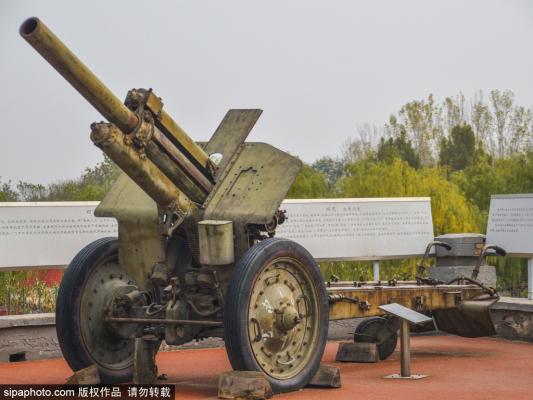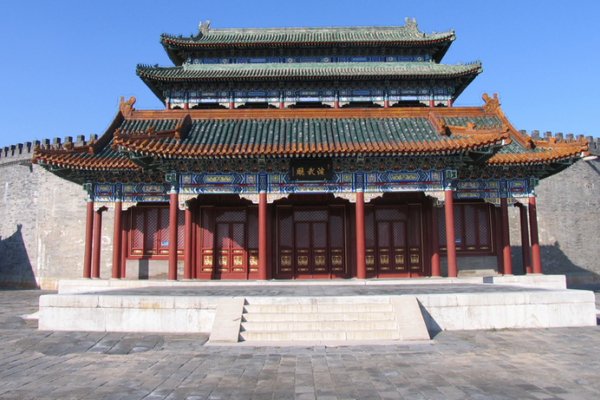Tuancheng Fortress (团城)
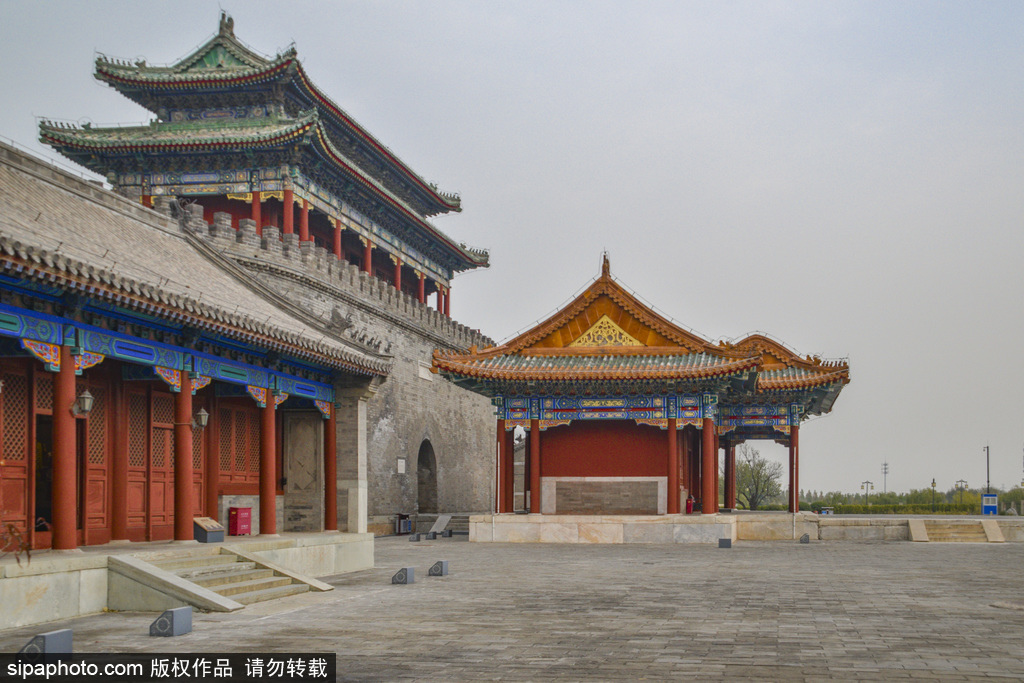
-
Tel:
010-62591609 -
Best Time to Visit:
All Year Round -
Duration:
1-3 Hours -
Admission:
Free Free -
Opening Hours:
Closed on Monday
09:00-17:00 Tuesday to Sunday
Description
Tuancheng Fortress (团城)
The last remaining imperial military architectural complex in Beijing, Tuancheng Fortress, has been restored after nearly four years of renovation.
Nearly 100 exhibits take the audience close to this special force of the Qing Dynasty with outstanding military achievements, and a number of precious historical materials have been unveiled for the first time, telling the story of the its history.
Founded in the 14th year of Qianlong's reign in the Qing Dynasty (AD 1749), Tuancheng Fortress...
Tuancheng Fortress (团城)
The last remaining imperial military architectural complex in Beijing, Tuancheng Fortress, has been restored after nearly four years of renovation.
Nearly 100 exhibits take the audience close to this special force of the Qing Dynasty with outstanding military achievements, and a number of precious historical materials have been unveiled for the first time, telling the story of the its history.
Founded in the 14th year of Qianlong's reign in the Qing Dynasty (AD 1749), Tuancheng Fortress is a complex of martial arts buildings, including city wall and moat, palace, gate, pavillion housing a tablet and drill ground. With unique style, it is still magnificent after more than 270 years. Its architectural pattern is similar to the epitomes of an ancient city with towering towers. The wall encloses a circular space of 1,800 square meters. The north and south of the city have arched entrances.
Gallery
Latest News
Explore
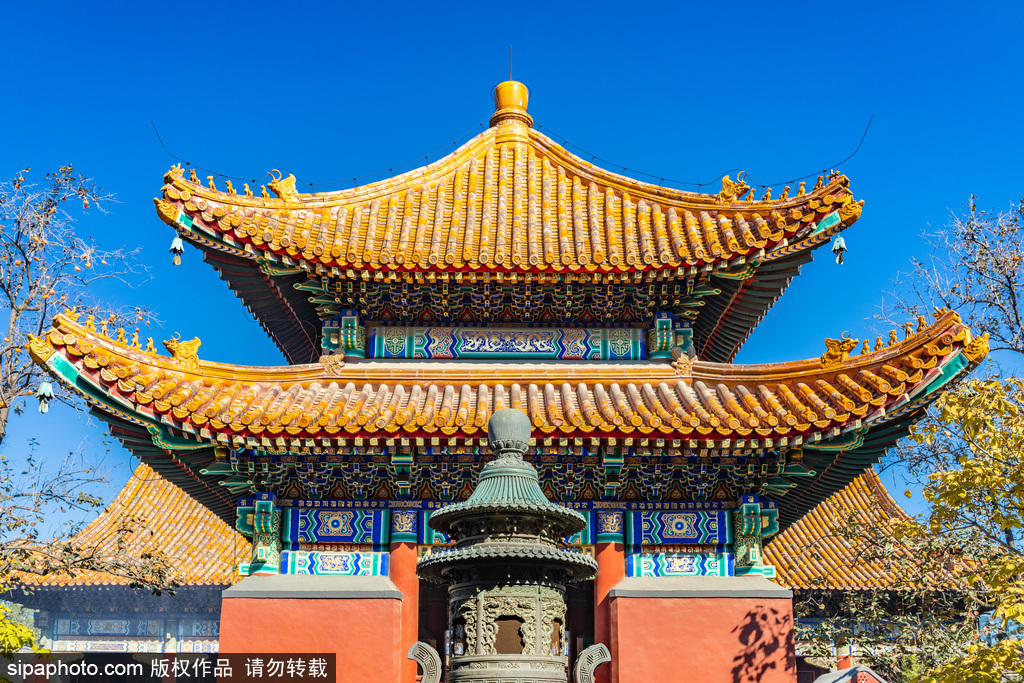
Lama Temple
The Temple is located in the northeast corner of urban Beijing, where the emperor Kangxi built a mansion in the 33rd year of the Qing Dynasty (1694) and gave it to his fourth son, Prince Yong, hence the title: “Prince Yong's Palace”. In the third year of Yongzheng (1725), the palace was changed into a temporary imperial residence, called Lama Temple.
Temple of Emperors of the Past Dynasties
The Temple of Emperors of the Past Dynasties is the place where the emperors of the Qing Dynasty worshiped their ancestors. Its political status was compared to the Imperial Ancestral Temple and the Confucius Temple, and these three were collectively known as the three royal temples of Beijing in the Ming and Qing dynasties.
Cishan Temple
First built in 1587, the temple covers an area of more than 60,000 square meters and has along history and rich cultural heritage. It is one of the few big temples in Beijing that incorporates elements of Confucianism, Buddhism, Taoism and folk customs.
Do You Know
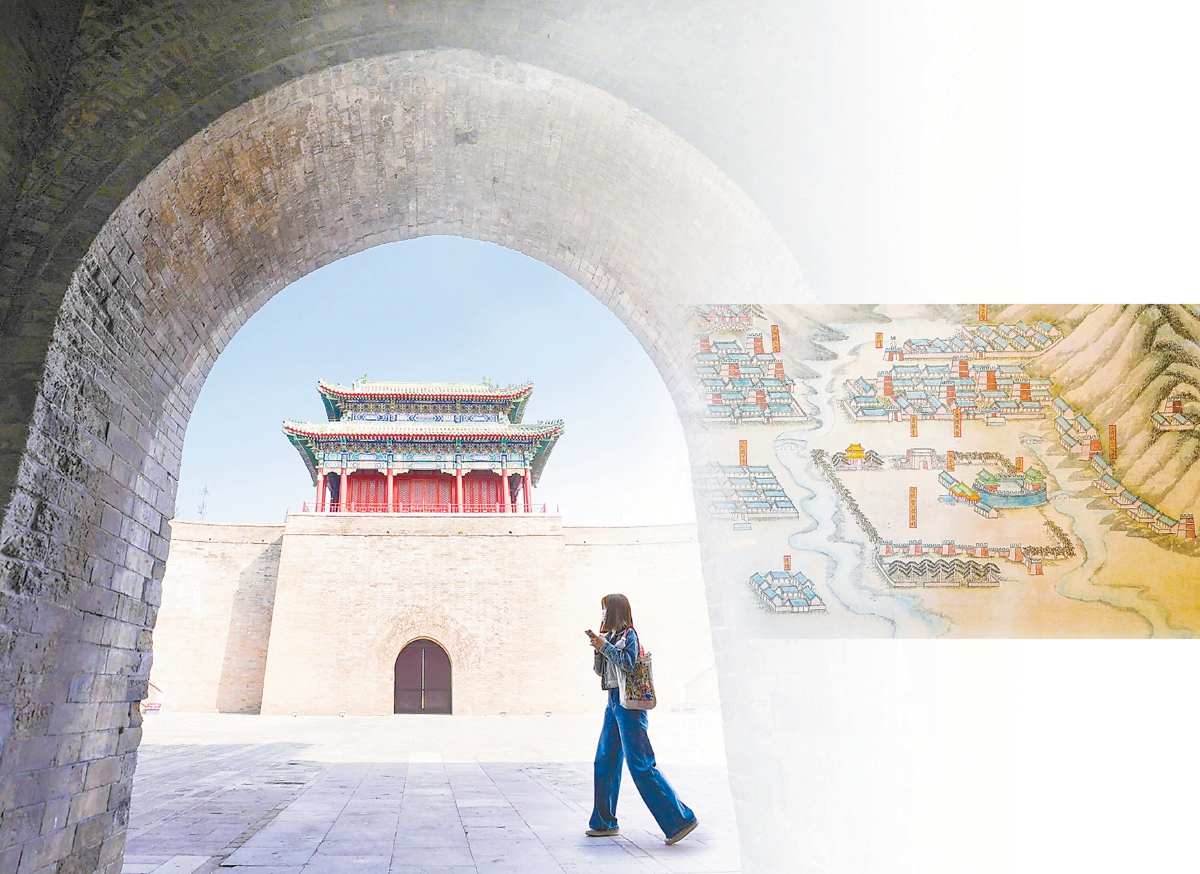
Modern Display Function
Today, the former military drill site is open as a museum. Seven buildings in Tuancheng Fortress have been repackaged, which not only realizes the original display of ancient buildings, but also increases the modern display function. The exhibition is divided into 5 units with a comprehensive introduction to the history. It reproduces the classic battle scene, the life of outstanding generals and horses, highlighting the important role in promoting the unity of multi-ethnic country.

